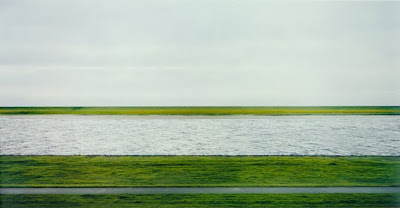For the past few days I have taken a bit of a step back from exclusively looking at Google maps street view. Since I have been struggling with the Gmaps I felt the need to get out and shoot more in a way that would bring some steadiness back into my art. Not that I don't like the Gmaps, or being pushed, but it is definitely much more of a mental challenge for me so I needed some brain relaxation time. I decided to try some of the shooting into stores at night again, so I grabbed the tripod and the telephoto and set off.
As I started to visit different places in different strip malls I came to a realization. Not only did I like the photos that came out of this, but I really enjoyed the danger that came with trying to avoid being seen by people while shooting. It's true I was probably a little paranoid, and its not like I was being chased by the cops, but just the idea of having to shoot quickly and stay in the shadows was really exciting for me. I think this is because the is so out of the ordinary for me. Usually I'm shooting for or with someone out in the open in broad daylight. Having to creep around like a child playing ninja game makes me feel nostalgic. These are a few of the images I came up with.



After a couple of outings doing this had another thought one night while driving home. As I passed by a Wendy's I recalled how I started my hospital project in concepts a few semesters ago. It began in a McDonald's at the bottom of the hospital. I stopped there to use the bathroom one day while out trying to figure out what I was going to do for that project. I decided to get some fries and as I sat down at my seat I became very interested in the space that I was in and wished that I could photograph all that I saw in front of me. At the time my camera could not take photos that wide because of the cropped sensor, so that is why for the final shots of the hospital (inspired by McDonald's) were a composite of six pictures each.
But now I have a new camera with a full frame sensor that is able to make full use of the 17-40mm lens that I have. So after a quick stop to Wendy's right before it closed, and out of shot of the security camera I made this picture.

Then once I was home I wanted to see if I could remove the Wendy's logos from the frame to make it a little more ambiguous.

Getting out and shooting has been a great help for me as it has gotten me excited about my work and has squeezed out a couple more ideas to throw into the soup. Jeff told me, I need to stop thinking in terms of "this project, then this project" and I feel like this is a step away from that way of thought. I know that these photos have common threads to Gmaps, and I have some ideas, I just gotta nail them down. Thinking is going to be prevalent this week, as opposed to most others. PEACE!


























